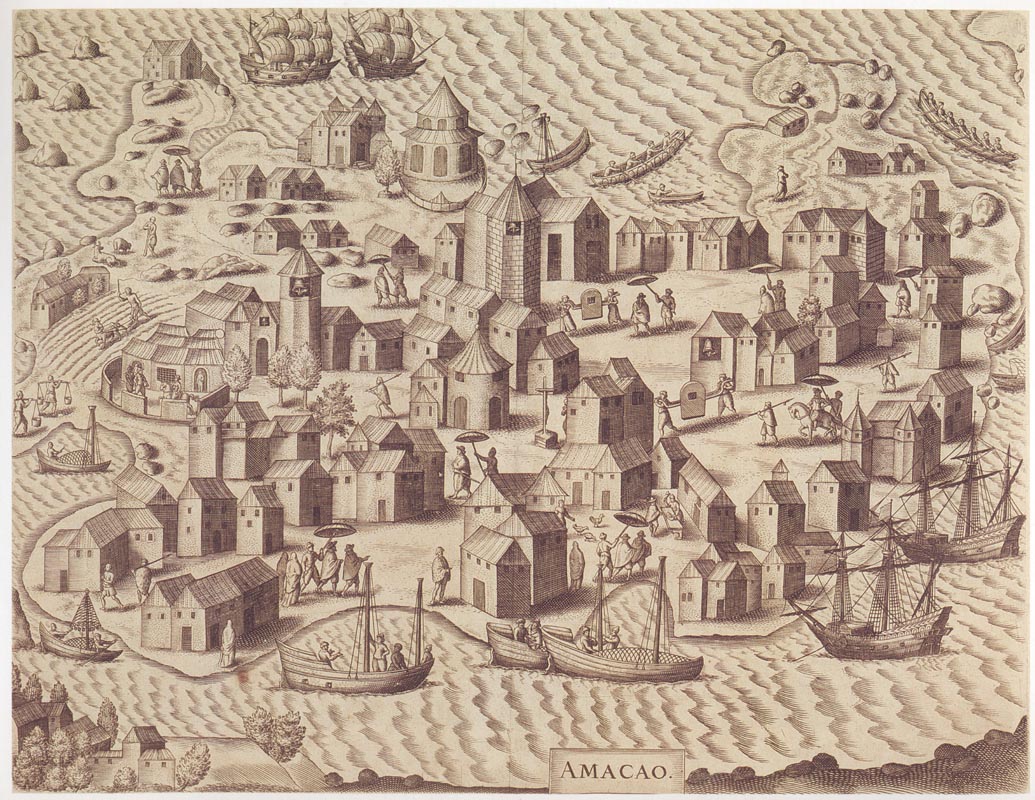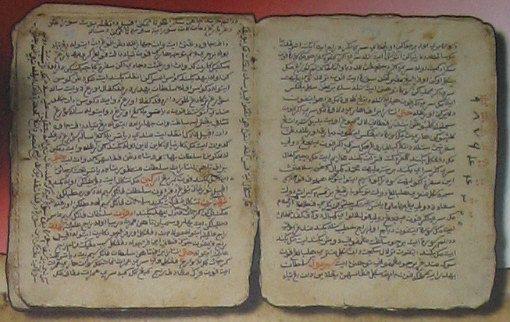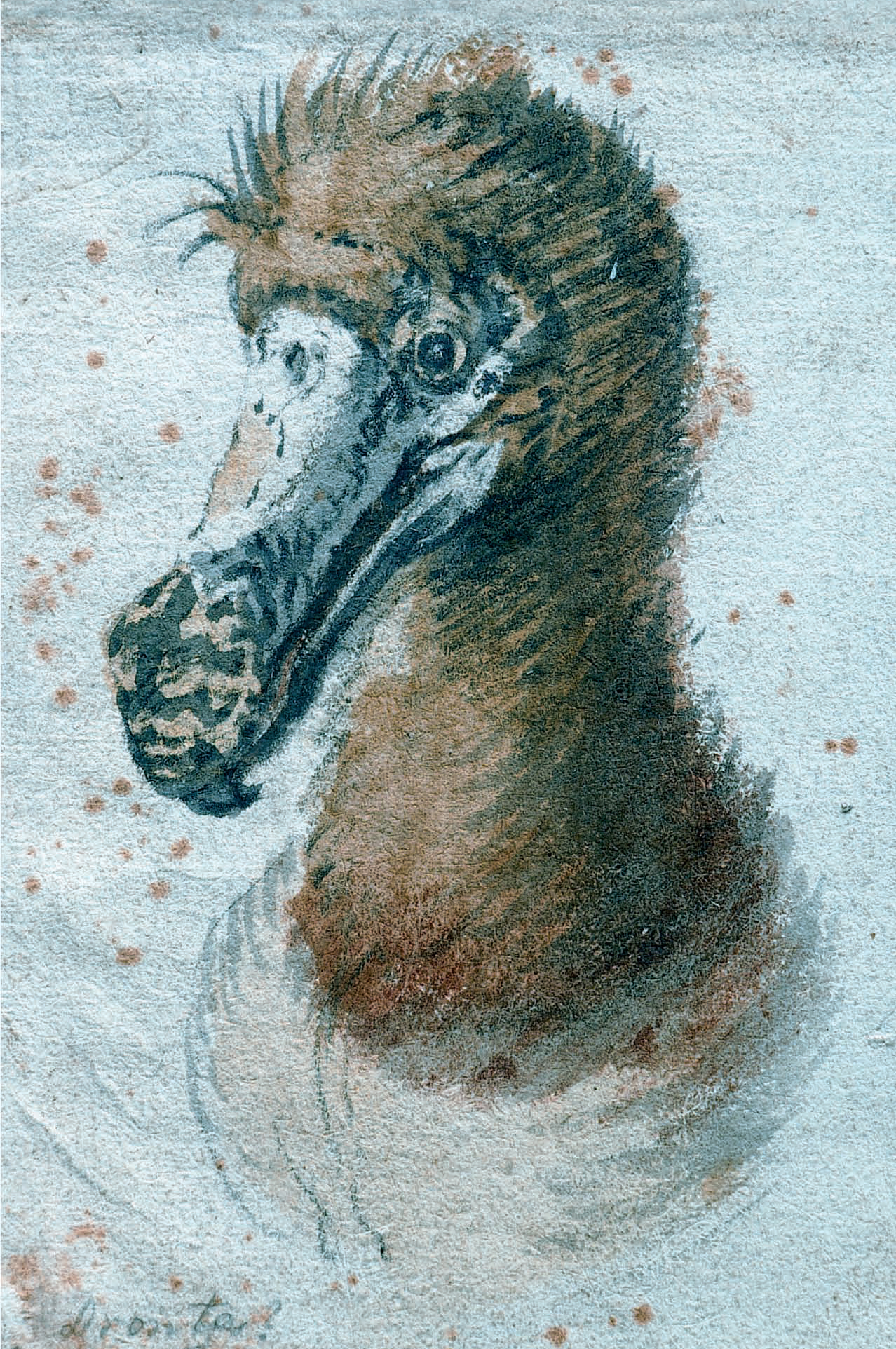|
Macau Incident (1601)
The Macau incident of 1601 happened when the first Dutch ships reached the Chinese coast during the Age of Discovery. The Dutch squadron, led by Jacob Corneliszoon van Neck, approached the waters of Portuguese Macau on 27 September 1601, but were met with hostility by its residents, who captured the Dutch reconnaissance parties and summarily executed 17 of the crew. The news of this injustice incensed Dutch captains operating in Asian waters, leading to the famous capture of the '' Santa Catarina'' carrack in the Singapore Strait in 1603. Background The Portuguese had established the prosperous entrepôt of Macau on the coast of China with the connivance of Ming Chinese officials in Guangdong after the Luso-Chinese agreement of 1554. Since its establishment, the city relied on its near-exclusive access to Chinese markets, and its residents zealously guarded their monopoly against other European attempts to replicate Portuguese successes on the Chinese coast. Shortly before the in ... [...More Info...] [...Related Items...] OR: [Wikipedia] [Google] [Baidu] |
First Dutch Expedition To The East Indies
The First Dutch Expedition to the East Indies () was an expedition that took place from 1595 to 1597. It was instrumental in opening up the Indonesian spice trade to the merchants that eventually formed the Dutch East India Company, and marked the end of the Portuguese Empire's dominance in the region. Background During the 16th century the spice trade was extremely lucrative, but the Portuguese Empire had a stranglehold on the source of the spices, Indonesia. For a time, the merchants of the Netherlands were content to accept this and buy all of their spice in Lisbon, Portugal, as they could still make a decent profit by reselling it throughout Europe. However, in the 1590s Spain, which was at war with the Netherlands, was in a Iberian Union, dynastic union with Portugal, thus making continued trade practically impossible. This was intolerable to the Dutch who would have been glad to circumvent the Portuguese monopoly and go straight to Indonesia, but the sailing direc ... [...More Info...] [...Related Items...] OR: [Wikipedia] [Google] [Baidu] |
Cambridge University Press
Cambridge University Press was the university press of the University of Cambridge. Granted a letters patent by King Henry VIII in 1534, it was the oldest university press in the world. Cambridge University Press merged with Cambridge Assessment to form Cambridge University Press and Assessment under Queen Elizabeth II's approval in August 2021. With a global sales presence, publishing hubs, and offices in more than 40 countries, it published over 50,000 titles by authors from over 100 countries. Its publications include more than 420 academic journals, monographs, reference works, school and university textbooks, and English language teaching and learning publications. It also published Bibles, runs a bookshop in Cambridge, sells through Amazon, and has a conference venues business in Cambridge at the Pitt Building and the Sir Geoffrey Cass Sports and Social Centre. It also served as the King's Printer. Cambridge University Press, as part of the University of Cambridge, was a ... [...More Info...] [...Related Items...] OR: [Wikipedia] [Google] [Baidu] |
Malay Peninsula
The Malay Peninsula is located in Mainland Southeast Asia. The landmass runs approximately north–south, and at its terminus, it is the southernmost point of the Asian continental mainland. The area contains Peninsular Malaysia, Southern Thailand, and the southernmost tip of Myanmar (Kawthaung District, Kawthaung). The island country of Singapore also has historical and cultural ties with the region. The Titiwangsa Mountains are part of the Tenasserim Hills system and form the backbone of the peninsula and the southernmost section of the central cordillera, which runs from Tibet through the Kra Isthmus, the peninsula's narrowest point, into the Malay Peninsula. The Strait of Malacca separates the Malay Peninsula from the Indonesian island of Sumatra, and the south coast is separated from the island of Singapore by the Straits of Johor. Etymology The Malay term ''Tanah Melayu'' is derived from the word ''Tanah'' (land) and ''Melayu'' (Malays (ethnic group), Malays), thus ... [...More Info...] [...Related Items...] OR: [Wikipedia] [Google] [Baidu] |
Patani Kingdom
Patani, or the Sultanate of Patani ( Jawi: كسلطانن ڤطاني) was a Malay sultanate in the historical Pattani Region. It covered approximately the area of the modern Thai provinces of Pattani, Yala, Narathiwat and part of the Malaysian state of Kelantan. The 2nd–15th century state of Langkasuka and the 6th–7th century state of Pan Pan may have been related. The golden age of Patani started during the reign of the first of its four successive queens, Raja Hijau (The Green Queen), who came to the throne in 1584 and was followed by Raja Biru (The Blue Queen), Raja Ungu (The Purple Queen) and Raja Kuning (The Yellow Queen). During this period the kingdom's economic and military strength was greatly increased to the point that it was able to fight off four major Siamese invasions. It had declined by the late 17th century and it was invaded by Siam in 1786, which eventually absorbed the state after its last raja was deposed in 1902. Predecessors An early kin ... [...More Info...] [...Related Items...] OR: [Wikipedia] [Google] [Baidu] |
Tidore
Tidore (, lit. "City of Tidore Islands") is a city, island, and archipelago in the Maluku Islands of eastern Indonesia, west of the larger island of Halmahera. Part of North Maluku Province, the city includes the island of Tidore (with three smaller outlying islands - Mare, Maitara and Filonga) together with a large part of Halmahera Island to its east. In the pre-colonial era, the Sultanate of Tidore was a major regional political and economic power, and a fierce rival of nearby Ternate, just to the north. Included within the city is the provincial capital, Sofifi, which is situated on the mainland of Halmahera (in North Oba District). Geography Tidore Island consists of a large stratovolcano which rises from the seafloor to an elevation of above sea level at the conical Kie Matubu on the south end of the island. The northern side of the island contains a caldera, Sabale, with two smaller volcanic cones within it. Immediately to the south of Tidore Island lies a string of t ... [...More Info...] [...Related Items...] OR: [Wikipedia] [Google] [Baidu] |
Maluku Islands
The Maluku Islands ( ; , ) or the Moluccas ( ; ) are an archipelago in the eastern part of Indonesia. Tectonics, Tectonically they are located on the Halmahera Plate within the Molucca Sea Collision Zone. Geographically they are located in West Melanesia. Lying within Wallacea (mostly east of the biogeography, biogeographical Max Carl Wilhelm Weber, Weber Line), the Moluccas have been considered a geographical and cultural intersection of Asia and Oceania. The islands were known as the Spice Islands because of the nutmeg, Nutmeg#Mace, mace, and cloves that were exclusively found there, the presence of which sparked European colonial interests in the 16th century. The Maluku Islands formed a single Provinces of Indonesia, province from Indonesian independence until 1999, when they were split into two provinces. A new province, North Maluku, incorporates the area between Morotai and Sula Islands Regency, Sula, with the arc of islands from Buru and Seram Island, Seram to Wetar rem ... [...More Info...] [...Related Items...] OR: [Wikipedia] [Google] [Baidu] |
Ternate
Ternate (), also known as the City of Ternate (; ), is the List of regencies and cities of Indonesia, city with the largest population in the province of North Maluku and an island in the Maluku Islands, Indonesia. It was the ''de facto'' provincial capital of North Maluku before Sofifi on the nearby coast of Halmahera became the capital in 2010. It is off the west coast of Halmahera, and is composed of five islands: Ternate, the biggest and main island of the city, and Moti Island, Moti, Mount Hiri, Hiri, Tifure and Mayau (the latter two constitute the Batang Dua Islands, together with the small ofshore islets of Makka, Mano and Gurida). In total, the city has a land area of 162.20 square kilometres and had a total population of 185,705 according to the 2010 census,Biro Pusat Statistik, Jakarta, 2011. and 205,001 according to the 2020 census,Badan Pusat Statistik, Jakarta, 2021. with a density of 1,264 people per square kilometre; the official estimate as at mid 2024 was 210,836 ... [...More Info...] [...Related Items...] OR: [Wikipedia] [Google] [Baidu] |
Iberian Union
The Iberian Union is a historiographical term used to describe the period in which the Habsburg Spain, Monarchy of Spain under Habsburg dynasty, until then the personal union of the crowns of Crown of Castile, Castile and Crown of Aragon, Aragon, incorporated the Kingdom of Portugal under the same terms, that existed between 1580 and 1640 and brought the entire Iberian Peninsula except Andorra, as well as Portuguese Empire, Portuguese and Spanish Empire, Spanish overseas possessions, under the Spanish Habsburg monarchs Philip II of Spain, Philip II, Philip III of Spain, Philip III, and Philip IV of Spain, Philip IV. The union began after the Portuguese succession crisis of 1580 and the ensuing War of the Portuguese Succession, and lasted until the Portuguese Restoration War, during which the House of Braganza was established as Portugal's new ruling dynasty with the acclamation of John IV of Portugal, John IV as the new king of Portugal. As a personal union, the Kingdom of Portug ... [...More Info...] [...Related Items...] OR: [Wikipedia] [Google] [Baidu] |
Jan Huyghen Van Linschoten
Jan Huygen van Linschoten (1563 – 8 February 1611) was a Dutch spy, merchant, traveller and writer. He travelled extensively along the East Indies regions under Portuguese influence and served as the archbishop's secretary in Goa between 1583 and 1588. He is credited with publishing in Europe important classified information about Asian trade and navigation that was hidden by the Portuguese. In 1596, he published a book, ''Itinerario'' (later translated as ''Discours of Voyages into Ye East & West Indies''), which graphically displayed for the first time in Europe detailed maps of voyages to the East Indies, particularly India. During his stay in Goa, he meticulously copied the secret charts page by page. Even more crucially, he provided nautical data like currents, deeps, islands and sandbanks that were vital for safe navigation, along with coastal depictions to guide the way. The publication of the navigational routes enabled the passage to the East Indies to be opened t ... [...More Info...] [...Related Items...] OR: [Wikipedia] [Google] [Baidu] |
Eighty Years' War
The Eighty Years' War or Dutch Revolt (; 1566/1568–1648) was an armed conflict in the Habsburg Netherlands between disparate groups of rebels and the Spanish Empire, Spanish government. The Origins of the Eighty Years' War, causes of the war included the Reformation, Centralised state, centralisation, excessive taxation, and the rights and privileges of the Dutch nobility and cities. After Eighty Years' War, 1566–1572, the initial stages, Philip II of Spain, the sovereign of the Netherlands, deployed Army of Flanders, his armies and Eighty Years' War, 1572–1576, regained control over most of the rebel-held territories. However, Spanish Fury, widespread mutinies in the Spanish army caused a general uprising. Under the leadership of the exiled William the Silent, the Catholic and Protestant-dominated provinces sought to establish religious peace while jointly opposing the king's regime with the Pacification of Ghent, but the Eighty Years' War, 1576–1579, general rebelli ... [...More Info...] [...Related Items...] OR: [Wikipedia] [Google] [Baidu] |
Oude Compagnie
The Old Company (Dutch: ''Oude Compagnie'') was a voorcompagnie, pre-company of the Dutch Republic and originated from the Compagnie van Verre, Company of Verre and the New Company (or Second Company), from Amsterdam, in 1598. The directors were Dirck van Os, Jan Hermansz, Jan Janss Carel (Kaerel) and Gerrit Bicker, Geraerdt (Gerrit) Bicker. Directors with a smaller share of the investment were: Vincent van Bronckhorst, Symon Jansz Fortuyn, Geurt Dircxz, Cornelis van Campen, Jacob Thomasz Van den Dael, Elbert Simonsz Jonckheyn, Petrus Plancius, Syvert Sern, Jan Poppe, Geurt Dirckss and Pieter Hasselaer. The ''Old Company'' and the (New) Brabant Company would merge in 1601 and become the Vereenigde Amsterdamsche Compagnie, United Amsterdam Company. History A voorcompagnie, pre-company is a trading combination from the Republic that traded in Asia between 1594 and 1602, before the Vereenigde Oost-Indische Compagnie, Dutch East India Company (VOC) was founded. The pre-companies were ... [...More Info...] [...Related Items...] OR: [Wikipedia] [Google] [Baidu] |









